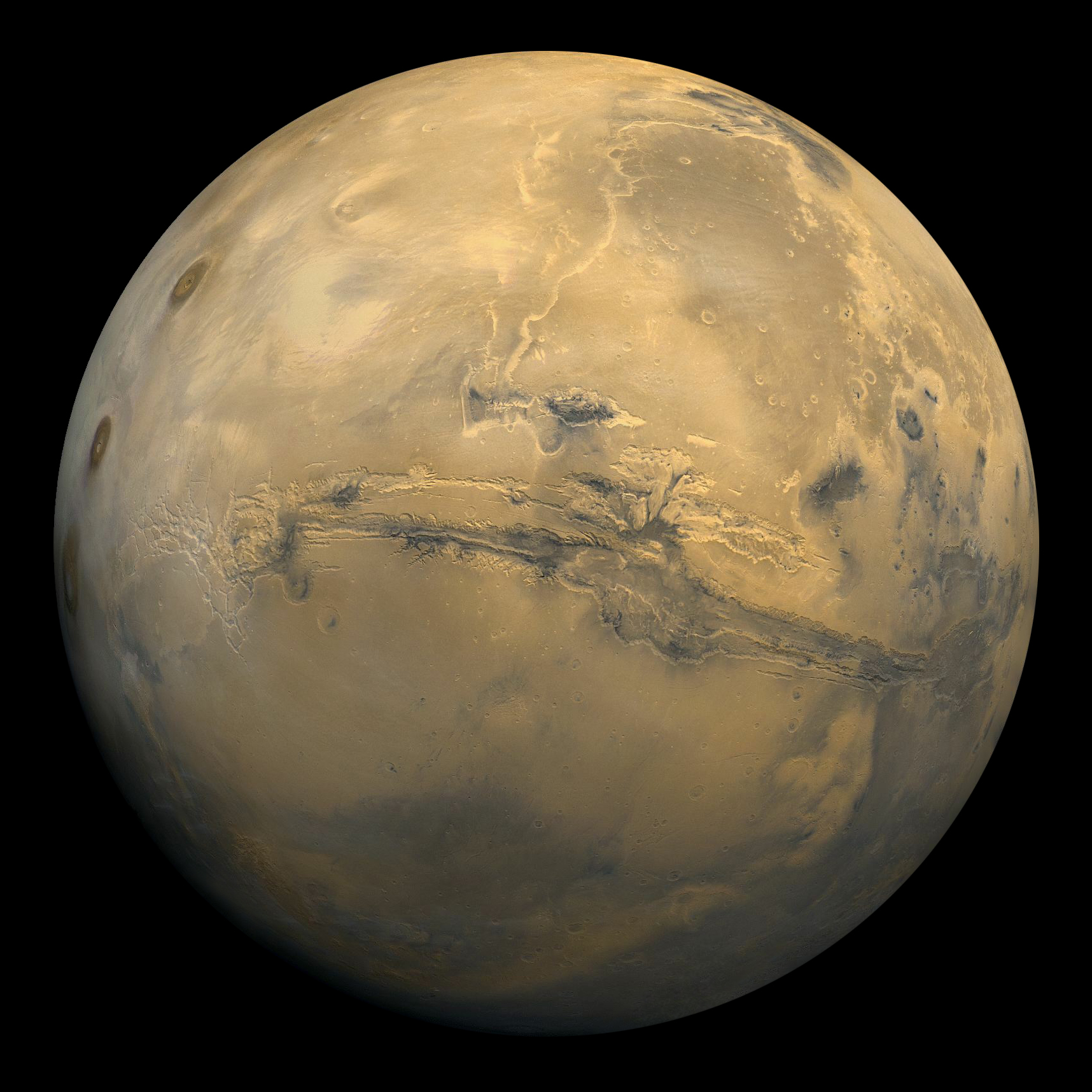
A beautiful view of Mars, from Wikipedia and NASA
“What would the wingspan of a glider on Mars be?”
Flying on Mars is tricky. I know, I’ve done it. Well, that is to say, I’ve done it in a simulator. Because a flight simulator is nothing but a giant physics engine with a bunch of mathematical constants plugged in, its possible to have the simulator spit out the atmospheric conditions of almost anywhere, and then re-create it. X-Plane, by Laminar Research is perhaps the best such flight sim available on the commercial market, and using some NASA atmospheric and geographical data, allows you to recreate flying on Mars in a pretty believable way.
Wings (airfoils) only work when the air current flows over them at a certain speed. That speed is dependent on the airfoil shape, and is subject to a lot of heavy math well above my humble head to try and figure out. If the speed of the flow over the airfoil gets too low, it stops generating lift. This is called a stall, and is generally bad news for whatever the airfoil is attached to, that is: the rest of the plane with you in it. So a certain speed needs to be maintained in order to stay in the air. With a powered airplane, the engine provides that forward speed. In a Helicopter, the rotation of the blades provides the lift, and in a glider it is gravity pulling the plane downwards that provides the lift. Let’s throw a theoretical number out there. Imagine that Glider X needed to maintain a minimum speed of 20 miles per hour in order to stay airborne.
